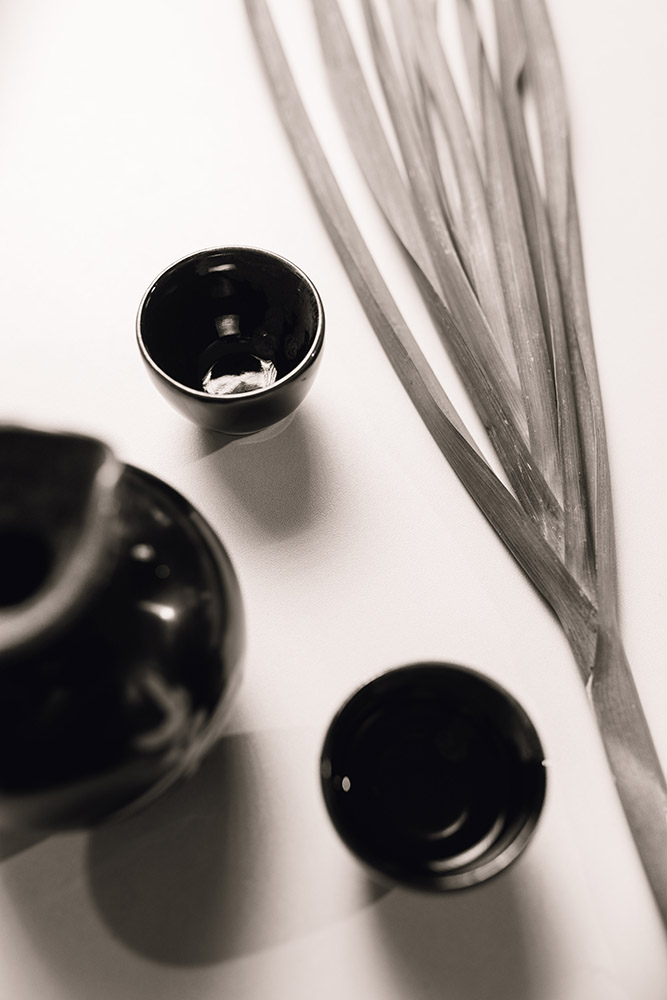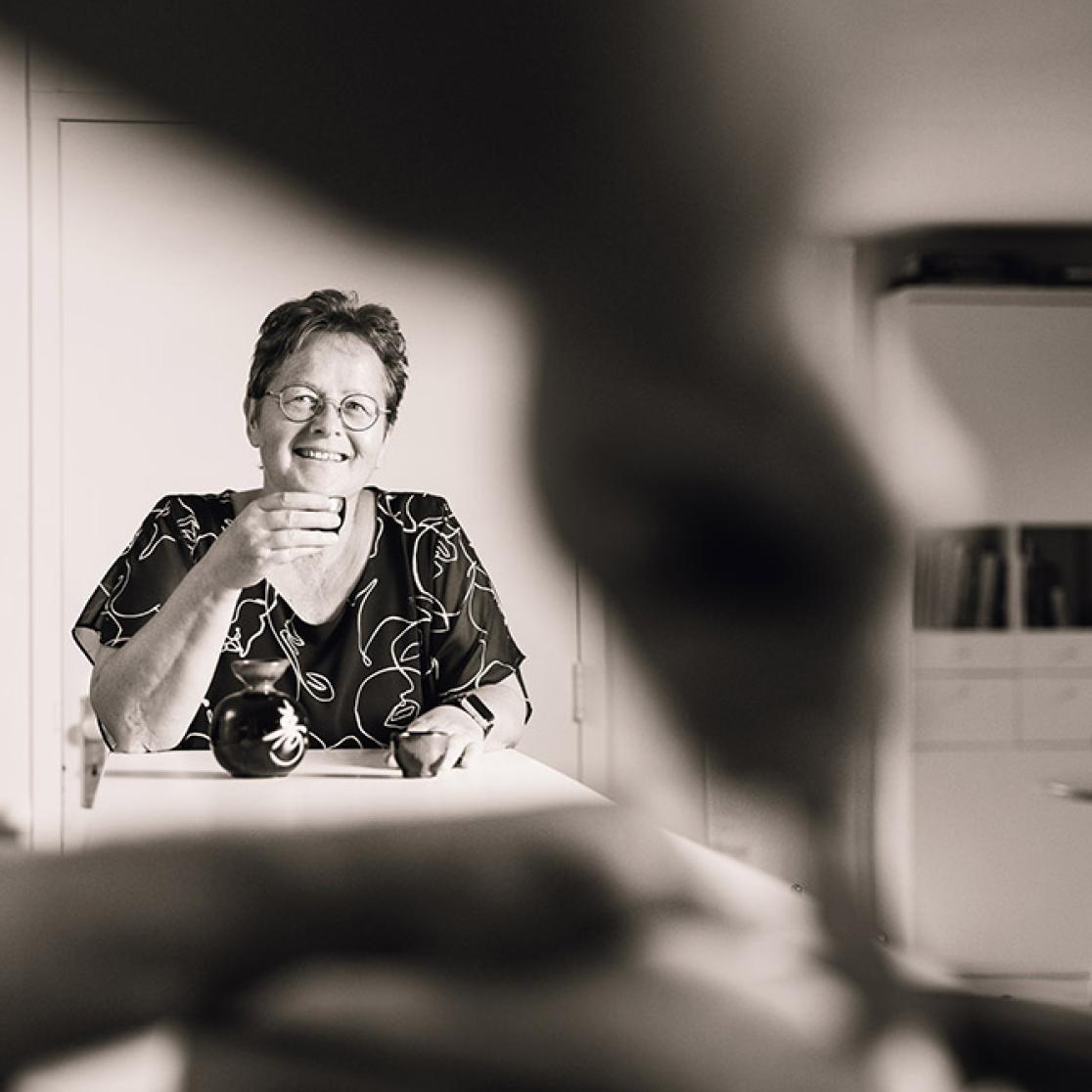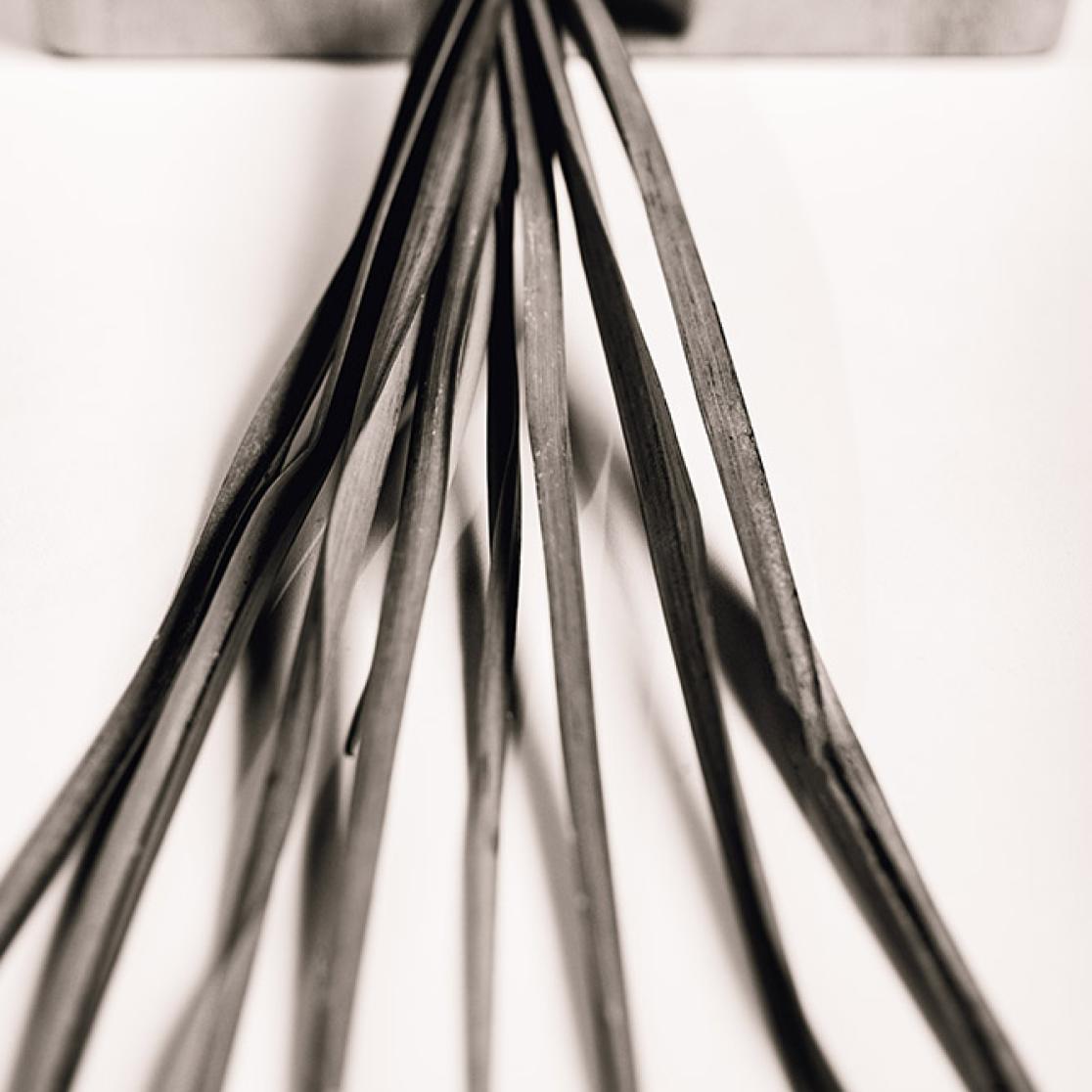From leek to sashimi
What do a leek from a backyard in Maastricht and tuna sashimi at the Tokyo fish market have in common? Can you still enjoy a jelly pudding if you have seen one rolling along the ground in front of you? And what is the biggest nutrition revolution of recent decades? Annemie Schols discusses her love of Japan, attention, green tea and more.

As they do every year, this summer Annemie Schols and her husband Hans went on a cycling holiday—the ideal getaway for a person who cannot sit still. Given the corona situation, the German state of Brandenburg seemed a safe destination. “There are three things we love about a holiday like that: cycling, finding a nice place to spend the night, and then eating out after a shower.” Although the food in Germany was “plentiful and good”, they missed “that special something.” Until one evening, at an Italian restaurant in Potsdam, when they stumbled across that golden combination of good food, service, atmosphere, interaction with the other guests and a view of (not to mention odours from) the kitchen. Schols is at her happiest when all her senses are stimulated. And when enjoying peace and focused attention in a place like Japan—but more on that in a moment. “I remember eating out one night with Hans at [top restaurant] Beluga in Maastricht. The taste experience was amazing, and so different from when we later ate there with a large group. Really it’s a waste of such delicious food not to give it your full attention.”
Fish-shaped jelly pudding
Raised in Brabant, with a mother who subscribed to the traditional meat-and-three-veg style of cooking, Schols used to see food as primarily functional. Meals were eaten as a family around the table, a tradition she and her husband have continued with their own two daughters. “My mother often made chicken curry with green beans and boiled potatoes. I still recall the first time I had spaghetti, and when the Chinese restaurant opened up in town. And later my mother-in-law’s jelly dessert, shaped like a fish. I couldn’t stomach it; as a child I’d had a mildly traumatic experience.” At a buffet, carrying a tray with a little jelly pudding on it, she accidentally tripped. “I can still see it rolling ahead of me.”
Pure flavours from Japan
These days, the entire family has a soft spot for Japan and Japanese cuisine. It started in the days when sushi restaurants were still rare in the Netherlands. “There was a restaurant in Maastricht that served Japanese dishes in the style of French cuisine. In Japan you normally get all courses on the table at the same time, but they’d first serve a Japanese soup, then hors d’oeuvres and so on.” They got hooked on the flavours, and began bringing home piles of cookbooks. “Japanese cuisine is so much more than sushi and sashimi. It’s about pure flavours, the combination of sweet and salty, small servings of pickled vegetables … Once we even made a Japanese Christmas dinner for the family.”
Fresh, pure and characteristic
And then she went to Japan, and discovered that everything tasted different there. She recalls visiting the fish market in central Tokyo with her two daughters. “Sashimi with freshly cut raw tuna”—she mimes swallowing appreciatively—“you can’t taste that anywhere else. So fresh, so characteristic.” It may well top her list of the most delicious things she has ever tasted.
That said, the leeks from her own garden are not to be sneezed at. “They’re just as fresh; you pull it straight from the soil and prepare it immediately. Leek that you’ve bought from a shop doesn’t taste like that.” After their boxwood hedges succumbed to a moth infestation and had to be removed, they began planting all sorts of vegetables, from leeks to beets and herbs: “Anything that wants to grow here.” The challenge is to make a ‘salad stack’ from whatever is on hand in the garden and in the fridge. “Looks good, tastes good.”

Japanese lifestyle
Japan is a recurring topic of conversation. They have been there many times, in different family configurations, and one day Schols would like to work there temporarily. “I love being immersed in the culture. The down-to-earth lifestyle in the countryside really appeals to me. It makes me feel completely at peace, and I love the focus and precision.” She tries to bring some of that peace and attention home with her, in the form of a sauna session, a soak in the ice-cold outdoor pool, listening to music and, of course, good food.
Green tea
Her research revolves around food, too, specifically the role of nutrition and malnutrition in chronic diseases, or during oncological treatment. In 2011 she underwent chemotherapy herself after being diagnosed with breast cancer. “It made me very aware of what chemo does to taste perception, and the fact that scientists and doctors still pay too little attention to that. Even water tastes different! Green tea really hit the spot for me, but later, when I gave some to a friend who had also had chemo, she could barely drink it! Taste is and always will be subjective, which of course makes it a complicated topic.”
She has no doubts about the biggest food revolution she has witnessed in her career to date. “When I started out as an academic, you were laughed at when you tried to draw attention to nutrition in the treatment of chronic lung diseases. Now it’s a standard part of the treatment, fortunately more and more so for other chronic diseases too, and in oncological treatment plans. That’s the biggest development for me.”

Also read
-
“People just want to be treated like people”
Gera Nagelhout is, in many respects, not a typical professor. She was the first in her family to attend university, and at the age of 34 was appointed endowed professor of Health and Wellbeing of People with a Lower Socioeconomic Position.

-
Healthcare for undocumented migrants
Together with her master’s students, Milena Pavlova is investigating the access to healthcare of undocumented migrants. Her findings give cause for concern: in many countries, this group has no or little access to healthcare.

-
